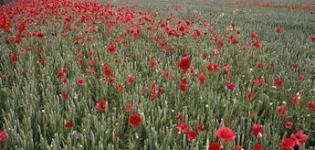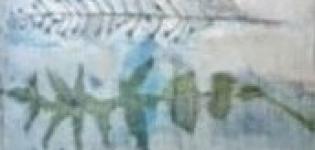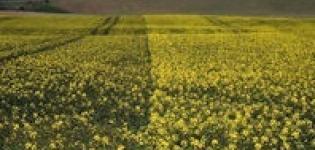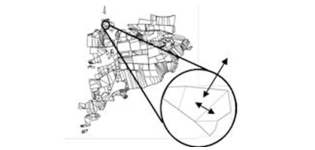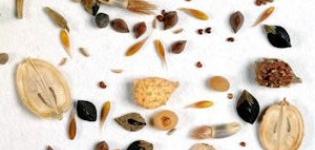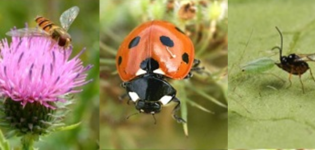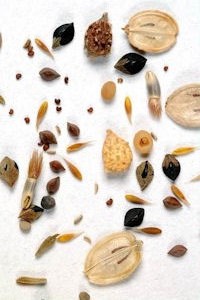 Weeds of arable land and grassland have a dual role - they reduce the yield of crops by competing for resources and they support the essential food web. The weeds are sustained by a soil seedbank - the seedbank decays through predation and disease and is replenished by new seed dropped by reproducing plants. Through these processes, the seedbank changes in abundance, species composition and life history traits.
Weeds of arable land and grassland have a dual role - they reduce the yield of crops by competing for resources and they support the essential food web. The weeds are sustained by a soil seedbank - the seedbank decays through predation and disease and is replenished by new seed dropped by reproducing plants. Through these processes, the seedbank changes in abundance, species composition and life history traits.
Because only a small percentage of the seedbank germinates in any year, its composition is a good accumulator of the recent history of field management and a guide to how a field should be managed to optimise the various roles of weeds. The ideal is a moderate seedbank from 2000–8000 m-2 consisting of a balance of 20 to 40 species, not dominated by any type such as annual grass weeds.
Current research activities include assessing pesticide trends, measuring weed species declines, C:N ratios of weeds and crops and investigating productivity in the crop-weed complex.
Current work: Scottish Government Strategic Research Programme 2011-16, 2016-21; Centre for Sustainable Cropping at Balruddery; EU PURE project; PhD projects.
Previous funding: Scottish Government 2006-11 , BBSRC LINK, Defra, crop levy boards.
Contact Geoff Squire or Cathy Hawes for more infomation.
Publications
-
Hawes, C. 2016 Assessing the impact of management interventions in agroecological and conventional cropping systems using indicators of sustainability. In: A.Wezel (ed.) Agroecological practices for sustainable sgriculture: Principles, Applications, and Making the Transition. Imperial College Press, London (in press).
-
Hawes C., G.S. Begg, P. Iannetta, A. Karley, G.R. Squire. 2016 A whole-systems approach for assessing measures to improve arable ecosystem sustainability. Ecosystem Health and Sustainability 2(12) article e01252
-
Squire GR, Hawes, C, Valentine T, Young MW. 2015 Degradation rate of soil function varies with trajectory of agricultural intensification. Agriculture, Ecosystems and Environment 202, 160-167
-
Lewis TD, Rowan JS, Hawes C, McKenzie BM. 2013.Assessing the significance of soil erosion for arable weed seedbank diversity in agro-ecosystemsProgress in Physical Geography 37, 622-641
-
Begg GS, Wishart J, Young MW, Squire GR, Iannetta PPM. 2012. Genetic structure among arable populations of Capsella bursa-pastoris is linked to functional traits and in-field conditions. Ecography 35, 446-457.
-
Hawes C, Squire GR., Hallett PD., Watson CA, Young MW. 2010. Arable plant communities as indicators of farming practice. Agriculture, Ecosystems and Environment 138, 17-26.
-
Hawes C., Begg G.S., Squire G.R., Iannetta P.M. 2005. Individuals as the basic unit in studies of ecosystem function: functional diversity in Capsella (shepherd’s purse). Oikos 109, 521-534.
-
Squire GR, Brooks DR, Bohan DA, Champion GT, Daniels RE, Haughton AJ, Hawes C, Heard MS, Hill MO, May MJ, Osborne JL., Perry JN, Roy DB., Woiwod IP, Firbank LG. 2003. On the rationale and interpretation of the farm-scale evaluations of genetically-modified herbicide-tolerant crops. Philosophical Transactions of the Royal Society of London B 358 (1439), 1779-1800.
-
Squire GR, Rodger S, Wright G. 2000. Community-scale seedbank responses to less intense rotation and reduced herbicide input. Annals of Applied Biology 136, 47-57.
